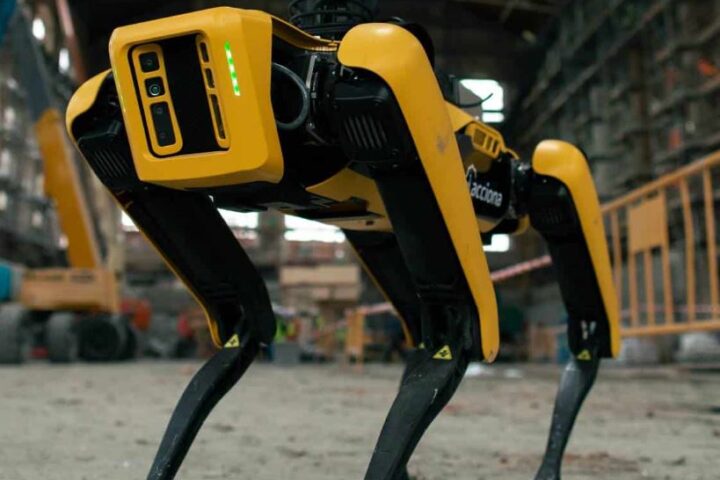 Recent advancements in artificial intelligence (AI) have reshaped how we forecast hurricanes, offering clear gains over traditional methods. Recent research shows AI models now track tropical storms more effectively than conventional forecasts. Paris Perdikaris, an associate professor at the University of Pennsylvania, explained to Newsweek, “To our surprise, we saw that for the first time an AI system could outperform all existing operational forecasts for these hurricane events.”
Recent advancements in artificial intelligence (AI) have reshaped how we forecast hurricanes, offering clear gains over traditional methods. Recent research shows AI models now track tropical storms more effectively than conventional forecasts. Paris Perdikaris, an associate professor at the University of Pennsylvania, explained to Newsweek, “To our surprise, we saw that for the first time an AI system could outperform all existing operational forecasts for these hurricane events.”
Perdikaris played a key role in creating Aurora, a large‑scale AI model developed in collaboration with Microsoft Research. Drawing on more than a million hours of Earth system data, a recent Nature publication found that Aurora improves predictions of tropical storm paths by 20 to 25 percent over periods of two to five days. As Perdikaris noted, there’s a consistent boost in accuracy across the board.
The role of AI in weather forecasting is growing steadily. Systems such as Google’s GenCast and the European Centre for Medium‑Range Weather Forecasts’ (ECMWF) AI Forecasting System (AIFS) are now reliably predicting extreme weather, cyclone trajectories, and wind patterns. Matthew Chantry from ECMWF told Newsweek that AIFS generally handles large‑scale weather movements with greater precision.
Although these innovations are impressive, experts remind us that AI isn’t a catch‑all. It excels at tracking hurricane paths but can sometimes underestimate wind speeds and storm intensity. With climate change driving more intense storms, enhanced AI forecasting could be crucial in improving early warnings and reducing both property damage and loss of life.
The Weather Company has long been a pioneer in AI‑based forecasting. Peter Neilley, the senior vice president, points out that their sophisticated, data‑driven models deliver forecasts quicker and at lower cost compared to traditional physics‑based models that depend on heavy computing power. This efficiency allows for multiple model iterations, refining predictions and aiding decision‑makers, whether they’re individuals or businesses.
Sheri Bachstein, President of The Weather Company, will delve into these advances at Newsweek’s AI Impact Summit. Efforts in partnership with NVIDIA and government scientists aim to blend extensive weather data with innovative forecasting techniques, giving us richer insights into atmospheric behaviour.
Still, the fundamentals remain unchanged. Raw data from physics‑based models is indispensable. As Perdikaris emphasised, “We still need the raw data.” AI enhances our forecasting abilities, yet it builds on the time‑proven systems that have reliably served us for years.
Take Urbint for example. This AI company is helping utility providers prepare for storms with greater precision. Following its acquisition of StormImpact, Urbint now offers precise predictions about which circuits might fail during extreme weather. As CEO Corey Capasso explained, “They don’t just need to know that a storm is coming—they need to know which circuits will go down.”
Utility companies face billions of dollars in weather‑related disruptions each year—a figure likely to rise as extreme weather events become more frequent. With climate change fuelling a rise in billion‑dollar weather disasters, robust forecasting systems are more important than ever, especially as the Atlantic hurricane season approaches.
While AI is delivering notable improvements, experts stress it should complement, not replace, established forecasting methods. High‑quality data and proven models remain the backbone of accurate weather predictions, helping us stay prepared in an era of increasingly unpredictable climate patterns.








